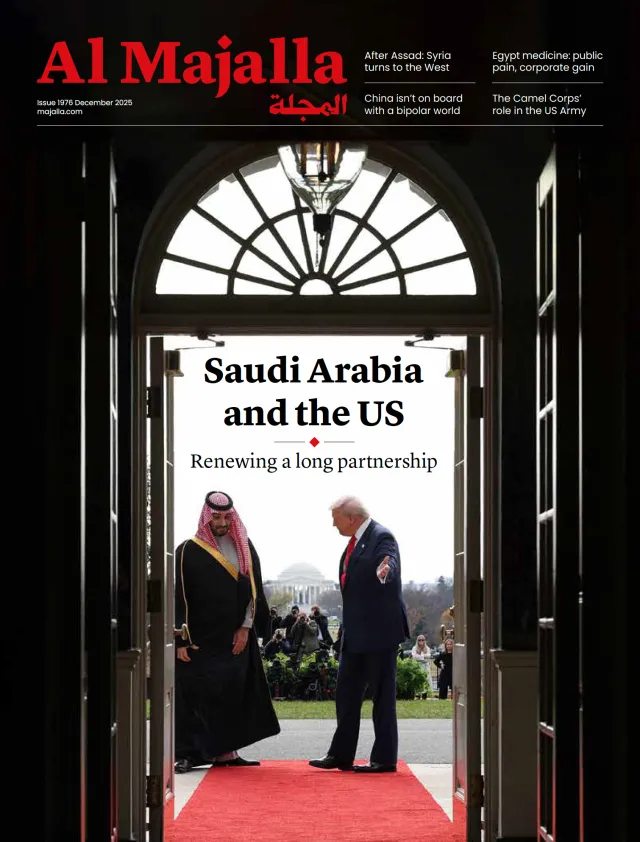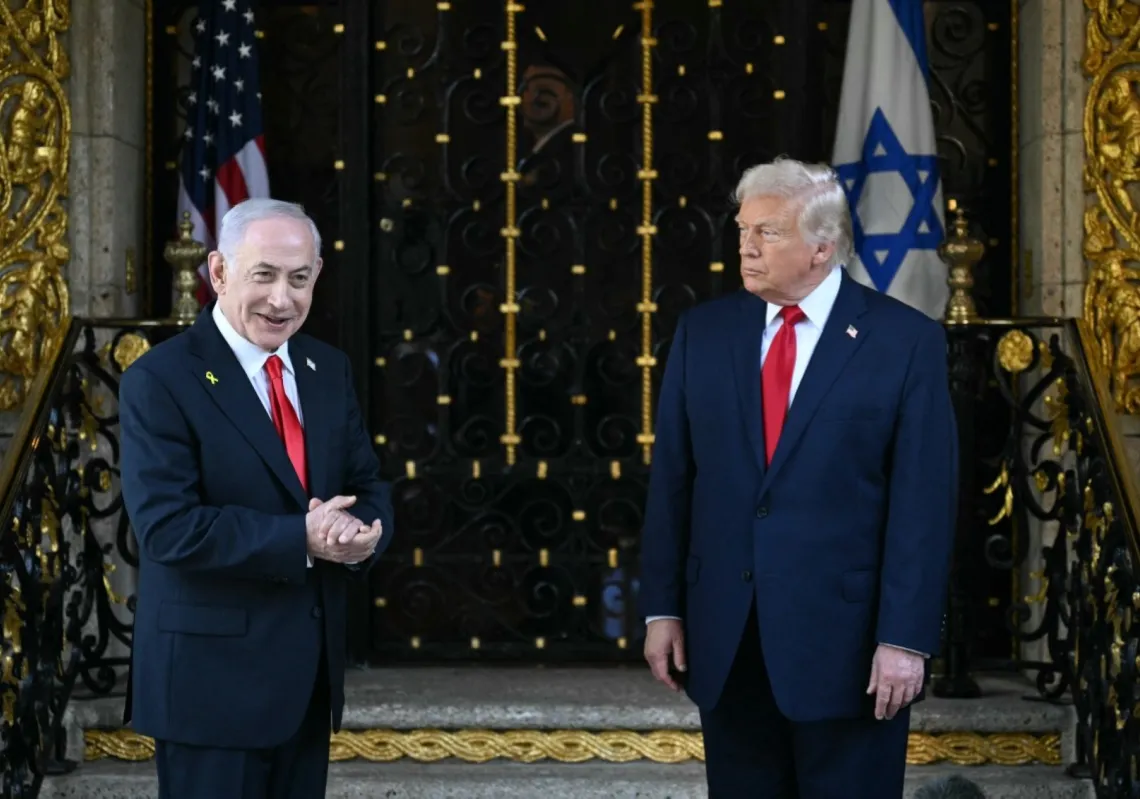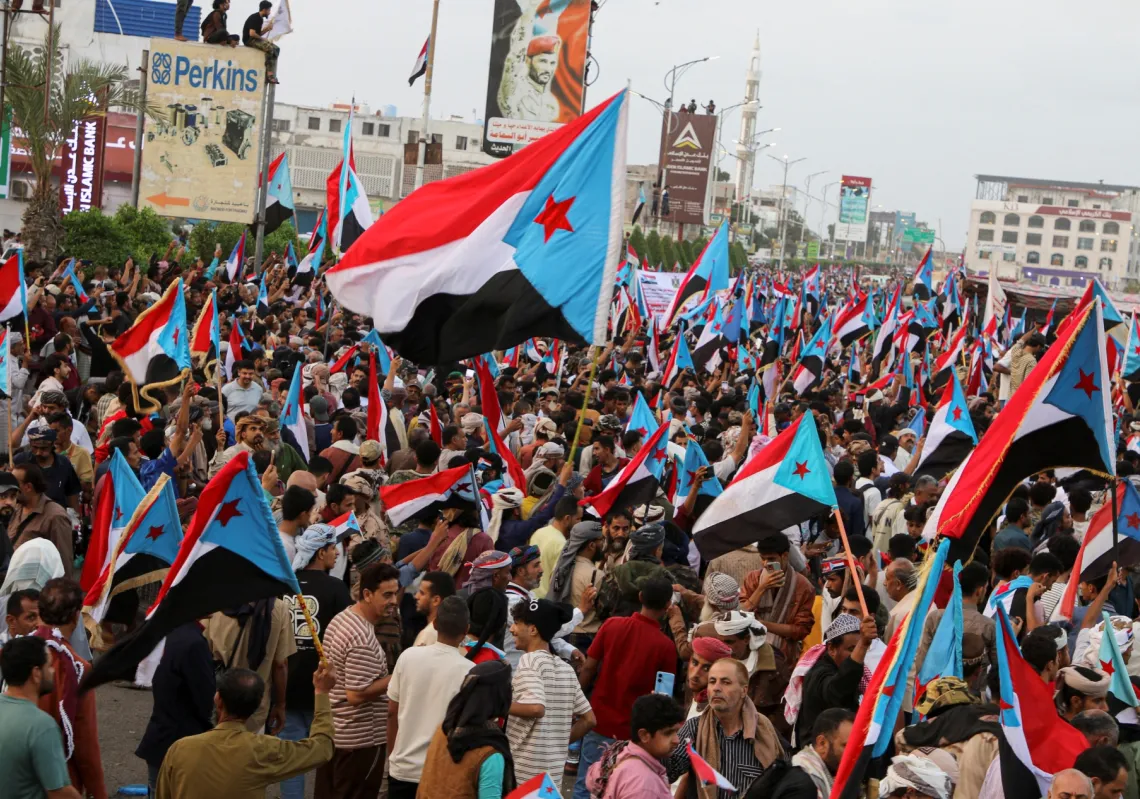On 10 March, Damascus struck a stunning deal with the largely Kurdish Syrian Democratic Forces, who agreed to integrate into Syria’s political and security landscape. The deal marked a historical breakthrough and was a crucial step towards uniting Syria after the swift fall of Bashar al-Assad’s regime last December.
But a month later, there seem to be more questions than answers about the path forward. The SDF and Damascus have yet to hammer out details to integrate their security forces, political systems, and control over locations such as oil fields and Islamic State (IS) detention centres.
This is a tall order to fill in the year-long timeline the SDF and Damascus have agreed to, particularly given that both actors have conflicting visions: Damascus seeks to absorb and dissolve the SDF, while the SDF aims to maintain degrees of autonomy within this new federal structure.
While the deal is seen by some as a potential step toward regional stability, its implications for the US-led Operation Inherent Resolve Mission are complex and could not only jeopardise the fragile security environment in north-east Syria but also the region’s broader fight against IS.
It is also increasingly likely that the Trump administration—desperate to disentangle itself from conflicts in the Middle East—will perceive this deal as a green light to withdraw US troops in the Syrian north-east, with reported plans already drawn up to cut American personnel in the country by half.

Key partner
The SDF has been a key US partner in Syria’s north-east and a pivotal force in suppressing IS activity in the region. Backed by the US-led coalition, the SDF has played a key role in rolling back IS's territorial caliphate, contributing to the liberation of key cities such as Raqqa and Deir ez-Zor. The group's police force—the Asayish—has also overseen IS detention centres with US support.
The US-SDF partnership has long irked NATO ally Türkiye, which considers the group to be linked to the PKK (Kurdistan Workers' Party), a designated terrorist group. Despite these tensions, the US has maintained its cooperation with the SDF due to their crucial role in combating IS.
For its part, the Trump administration has largely refrained from defining its stance in a post-Assad Syria. However, key US defence agencies such as the US. Central Command (CENTCOM) has had some engagement in the country’s emerging security landscape. CENTCOM’s commander, General Patrick Ryder, engaged in some notable shuttle diplomacy ahead of the 10 March SDF-Damascus agreement, meeting with key figures such as the SDF’s commander, General Mazloum Abdi, to encourage dialogue with Damascus and explore a potential agreement. This quiet role played by CENTCOM and the US-led Operation Inherent Resolve mission reflects America's lingering influence in a post-Assad Syria—particularly when it comes to broad security reform.
As both sides move on from the initial excitement of forging a formal agreement, concerns have been raised over the deal’s still-ambiguous scale and scope. While Abdi confirmed that both sides are on the same page in unifying—that there should not be two separate armies, but a single, unified military force—the devil is in the details.
Both the Syrian Democratic Council and Damascus have agreed to a year of negotiations between counterparts on issues such as governance, security, and economic cooperation, as well as the logistics and timelines for implementation. One of the central elements of the deal includes greater integration of SDF-controlled areas into Syria’s broader political and economic framework, which would provide the region with much-needed resources and support from the central government in Damascus.














